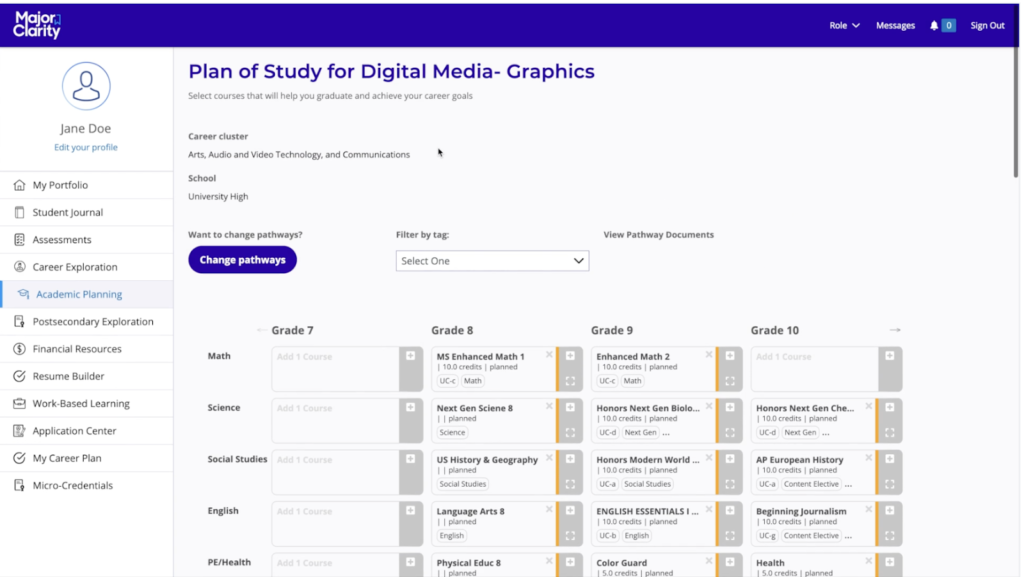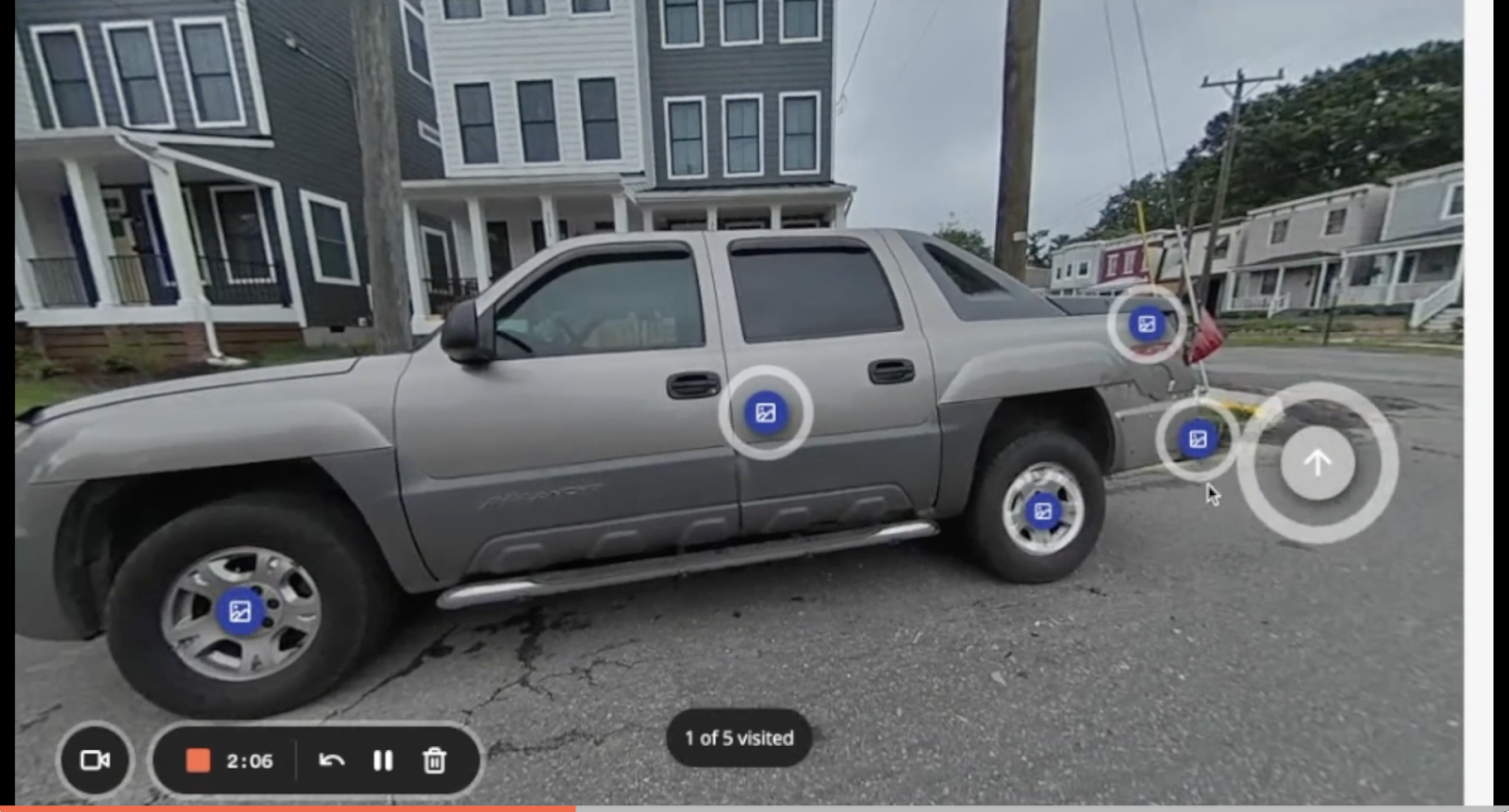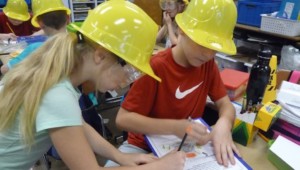Developing Career Clarity in High School
Key Points
-
MajorClarity is a career and college readiness platform for middle and high school students.
-
It allows learners to test drive possible careers and, as students gain a sense of their interests and strengths, build a career aligned course of study.

College enrollments have dropped 1.3 million, almost a tenth, since the beginning of the pandemic. The huge decline is a function of an improving job market, what were often lousy pandemic learning conditions, and increasing college costs and fear of the new worst case scenario–debt without a degree.
“Student debt isn’t the problem, it’s a symptom [of a lack of career education],” said Joe Belsterling, founder of MajorClarity. “Only 60% of college enrolling students are getting a degree in 6 years, so with underemployment rates, only about 35% end up with a degree and a job requiring that degree.”
The more dynamic the job market and the more expensive college gets, the more important career education becomes. However, most US students don’t get the chance to match their strengths and interests to emerging career opportunities.
MajorClarity is a career and college readiness platform for middle and high school students. It allows learners to test drive possible careers and, as students gain a sense of their interests and strengths, build a career aligned course of study.
“The term ‘college and career readiness’ is used widely in education, but the career portion almost always takes a backseat to the college piece,” said Joe Belsterling, founder of MajorClarity. “We want to flip the focus to empower K-12 learners to begin their postsecondary planning with a deeper understanding of themselves—their strengths, aptitudes, and interests—and how the career landscape fits them because regardless of whether or not a student goes to college, every path leads to a career.”
Interactive content is key to the MajorClarity platform and to driving career readiness because text based and/or passive content does not stay with students long enough to make a difference on academic decisions. MajorClarity offers bite sized video of career options. Then learners can try out day-in-the-life activities. The picture below is an activity for insurance adjustor that invites students to inspect the vehicle and file a claim.

Surveys help learners gain a sense of their strengths and interests. Personalized and localized job market information informs career planning. Learners can engage in career related projects and engage in work-based learning.
The app includes tools help learners build resumes and cover letters. A progress tracking tool helps students build a portfolio of evidence of learning.
A growing array of microcredentials, created in partnership with companies and universities, offer valuable career learning experiences and postsecondary recognition.
Postsecondary exploration tools allow students to search two and four year colleges and new alternatives like bootcamps and training programs. The system supports and tracks postsecondary applications. Advisors and counselors benefit from case management tools and a messaging system.
Based on career and college preferences, MajorClarity helps students with course planning and pathway building.
Lack of Career Clarity Led to MajorClarity
Belsterling attended William & Mary College during the Great Recession where he took courses in business and government and tried to figure out what he wanted to do. After graduating without a strong sense of direction, he worked odd jobs in everything from restaurants and construction to a Senate committee.
Interactive content is key to the MajorClarity platform and to driving career readiness.
Tom Vander Ark
It was a trip to New Orleans to participate in a 4.0 Schools fellowship that helped Belsterling realize that he wasn’t alone, that few young people benefit from systematic career exploration in high school. 4.0 Schools founder Matt Candler gave him a few good books to read and sparked the idea of a career exploration initiative.
Belsterling learned that while the vast majority of high school students want to go to college, most feel unprepared to do so and that students feel less prepared for future careers than they do for college.
In 2015, while assembling career resources, he raised a small seed round. He moved from Washington DC to Richmond, Virginia as the guidance app began to pick up steam. While not an edtech hub, Richmond has proven to be a great place to hire student success staff.
“Even in the earliest days of Major Clarity, Joe was hungry for honest feedback from real people. It makes sense that Major Clarity’s working for all kids in all kinds of places; that’s coming from a curious CEO willing to build what actually works for real kids,” said Matt Candler.
Clarity on Career Options
MajorClarity engages students with career “test drives” through authentic, career-specific projects designed to give students a deeper understanding of different careers to help them determine which roles might be a good fit.
The MajorClarity team focuses on customer success to ensure strong student usage rates (which are about 50% or higher compared to 15% for typical CCR apps). Nearly 4,000 schools use MajorClarity and almost half of them are power users with seven of ten learners making active use of the platform.
MajorClarity has shown an ability to dramatically increase the number of students selecting a career aligned course of study with its interactive career test-drives.
Some schools introduce MajorClarity in a Career Investigations course in 7th or 8th grade which equips them to select high school course of study.
High schools use MajorClarity as part of a 9-12 advisory system and in core and career courses. Lesson plans are available in English, Social Studies, Math and career subjects.
MajorClarity matches best in class postsecondary planning and application systems. They have created the same frictionless pathways for alternatives including bootcamps and apprenticeships. Where they really shine is in helping learners develop a sense of direction so that wherever they go after high school, it’s with experience and a sense of purpose.
This post was originally published on Forbes.
This post is part of our New Pathways campaign sponsored by ASA. Visit our New Pathways site to learn more.








0 Comments
Leave a Comment
Your email address will not be published. All fields are required.